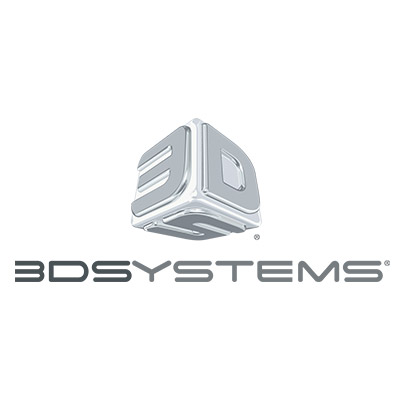


Rapid Large Area Metal Printer (RLAMP) can produce a full-scale scramjet flow path in fewer parts than current methods while maintaining high quality production of complex geometries.
Problem
Metal laser powder bed fusion (LPBF) is beneficial to key aerospace and defense industries by enabling geometric designs otherwise impossible to achieve with traditional manufacturing methodologies. Additive manufacturing (AM) of scramjet components enables design freedoms, increased supply chain efficiencies, and enhanced DoD capabilities. Scramjet technology is already utilizing topological optimization combined with the flexibility afforded by AM to improve and innovate performance; however, small printers and unique scramjet features such as thin walls and complex channels limit deployment of AM for these components.
Objective
The objective of this project is to use the Rapid Large Area Metal Printer (RLAMP)—developed under a separate Army funded program—to scale up the AM technology for full-scale scramjet components. The increased build volume of 1.0 x 1.0 x 0.6 m (x, y, z), nine lasers, and a 400°C heated baseplate for scramjet component production offer the potential for design flexibility, reduced part cost, and increased production efficiency. The project seeks to build a prototype segment of a full-scale scramjet flow path in fewer parts than currently possible with a focus on developing optimized printing strategies into a digital design guide.
Technical Approach
3D Systems is leading the project with support from Lockheed Martin (LM) to produce a meter-scale prototype of a scramjet flow path cowl inlet utilizing weld joints as necessary. LM is providing relevant demonstration geometries, material specifications, and quality metrics along with analysis of parts produced. The technical approach is comprised of three phases over one year: (1) printing extracted half-meter scale models of identified challenging or complex scramjet components; (2) meter scale multi-laser printing of “facsimile parts,” similar to that of the prototype scramjet flow path inlet cowl; and (3) printing meter scale sections for production of a prototype scramjet flow path cowl inlet. Each phase includes verification of mechanical properties, ballistics performance, and microstructural features of the Inconel 718 parts. The project outputs are providing an operational scramjet flow path in printing a cowl inlet in as few parts as possible with verified microstructural and mechanical properties and a design guide detailing key features, build strategies, and lessons learned from the project.
Project Participants
Project Principal

Other Project Participants
- Lockheed Martin
Public Participants
- U.S. Department of Defense
